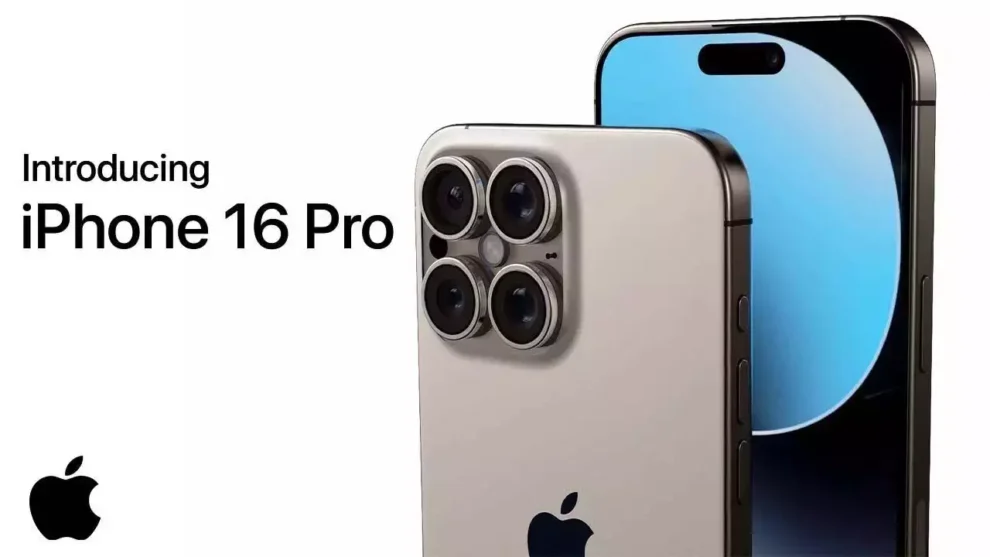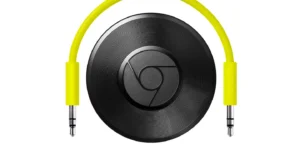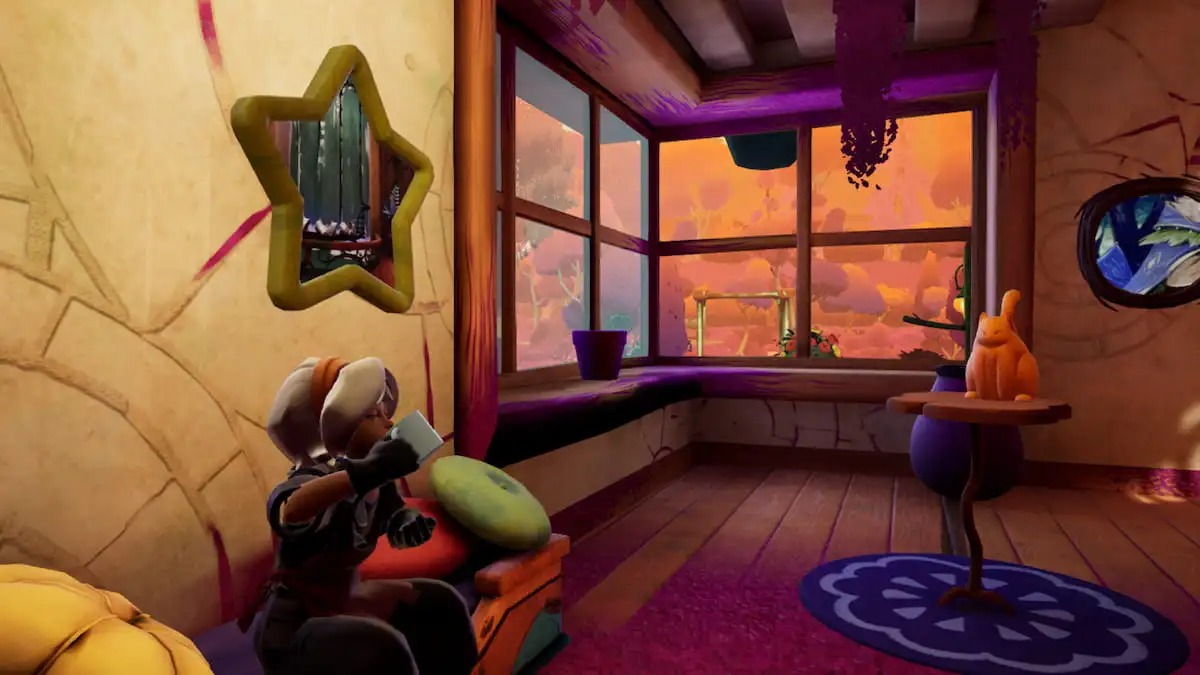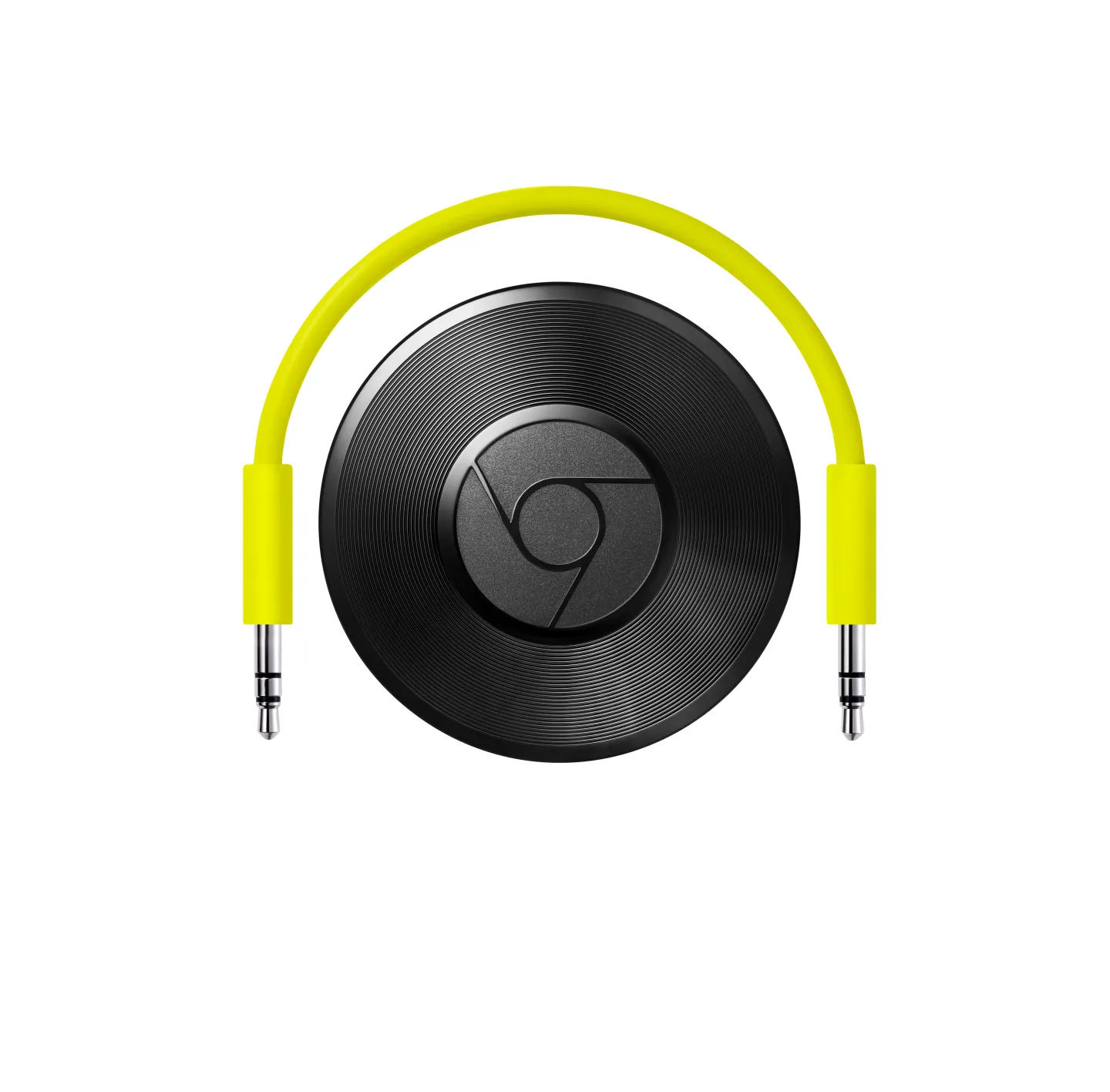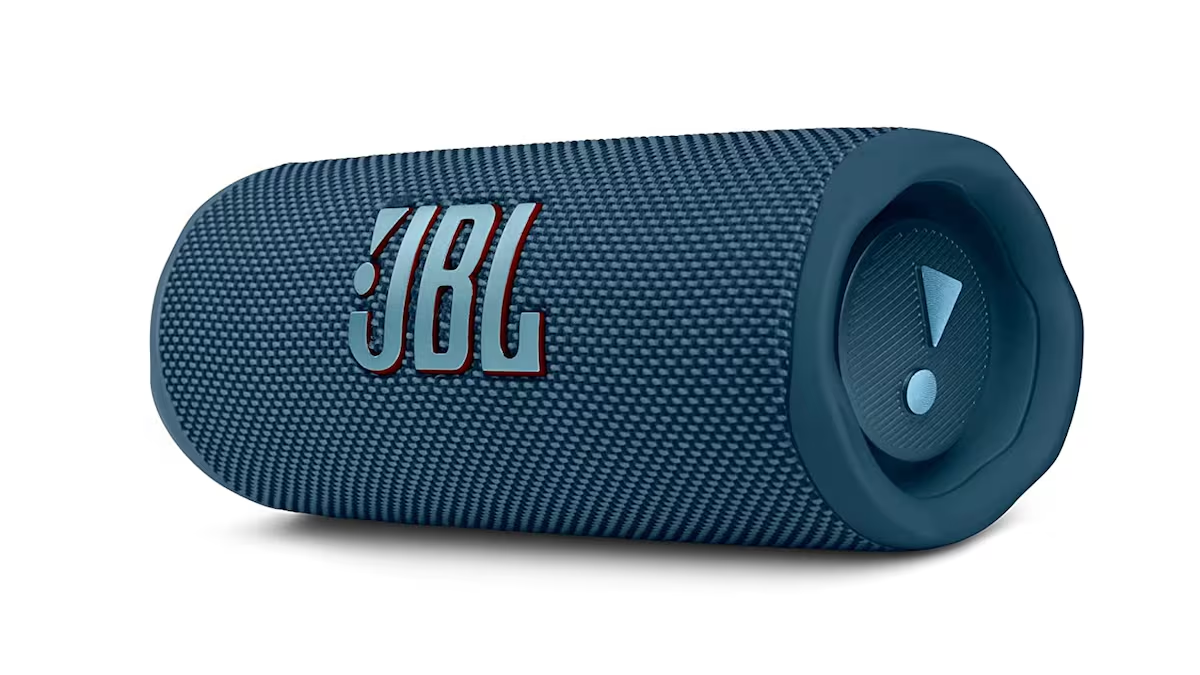Apple’s upcoming flagship, the iPhone 16 Pro Max, is generating significant buzz thanks to leaked details suggesting a major camera upgrade. Rumors swirling around the tech world point towards a significantly larger and more advanced main camera sensor, potentially propelling the device to the forefront of mobile photography.
Key Highlights:
- Larger sensor: The iPhone 16 Pro Max is expected to boast a 12% larger main camera sensor compared to its predecessors, measuring 1/1.14 inches. This increase in size could translate to superior low-light performance, wider dynamic range, and sharper images overall.
- 48MP resolution: The rumored Sony IMX903 sensor could boast a 48-megapixel resolution, a significant upgrade from the 12MP sensors currently found in iPhone Pro models. While higher megapixel counts don’t guarantee better image quality, this leap could allow for more flexibility in cropping and digital zoom without sacrificing detail.
- Advanced features: Leaks suggest the sensor will incorporate a stacked design for faster processing, a 14-bit Analog-to-Digital Converter (ADC) for enhanced image data capture, and Digital Gain Control (DCG) for improved dynamic range and noise reduction. These advancements could lead to noticeably better image and video quality across various lighting conditions.

Stacked Design and Processing Power:
The rumored stacked design of the sensor refers to the layering of photodiodes and transistors, enabling faster signal processing and potentially reducing read noise. This, coupled with the anticipated A18 Bionic chip, could deliver significant improvements in autofocus, image stabilization, and overall camera responsiveness.
Enhanced Image Capture with 14-bit ADC and DCG:
The 14-bit ADC is expected to capture a wider range of tonal information compared to the standard 10-bit ADC used in current iPhones. This translates to a richer and more nuanced representation of colors and highlights, especially in scenes with high contrast. Additionally, Digital Gain Control (DCG) is rumored to improve low-light performance by amplifying the signal without introducing excessive noise, potentially resulting in cleaner and brighter night-time photos.
Potential Impact and User Benefits:
If these rumors materialize, the iPhone 16 Pro Max could establish itself as a leader in mobile photography. The combination of a larger sensor, higher resolution, and advanced features has the potential to significantly enhance image quality, low-light performance, and overall camera capabilities. Users can expect sharper, more detailed photos and videos, particularly in challenging lighting conditions.
Sensor Size Matters (But Not Always):
A larger sensor generally captures more light, leading to better low-light performance and wider dynamic range. The rumored 1/1.14-inch sensor in the iPhone 16 Pro Max represents a 12% increase over its predecessors, which is certainly promising. However, sensor size isn’t the sole determinant of image quality. Factors like lens quality, image processing algorithms, and software optimization play equally crucial roles.
Megapixels: Quantity vs. Quality:
The 48-megapixel resolution bump sounds impressive, but more megapixels don’t automatically translate to better photos. In fact, cramming more pixels onto a sensor can lead to smaller individual pixels, potentially impacting low-light performance and noise levels. Apple is likely to employ pixel binning technology, combining data from multiple pixels to create larger, “super pixels” for improved low-light capture. This approach can be effective, but its success hinges on sophisticated image processing algorithms.
Looking Ahead:
While these details remain unconfirmed by Apple, they paint an exciting picture of the potential photography prowess of the iPhone 16 Pro Max. With the official launch likely months away, further leaks and reports are expected to shed more light on the device’s camera system and other features. One thing is clear: if these rumors hold true, Apple could be taking a significant leap forward in the realm of smartphone photography.

